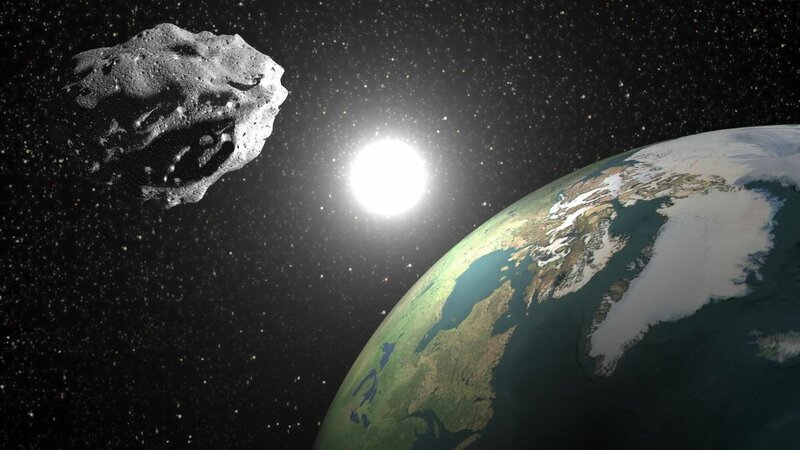Scientists recently discovered an asteroid that tags along with Earth during its yearly journey around the sun.
Dubbed 2023 FW13, the space rock is considered a "quasi-moon" or "quasi-satellite," meaning it orbits the sun in a similar time frame as Earth does, but is only slightly influenced by our planet’s gravitational pull. It is estimated to be 50 feet (15 meters) in diameter — roughly equivalent to three large SUVs parked bumper to bumper. During its orbit of the sun, 2023 FW13 also circles Earth, coming within 9 million miles (14 million kilometers) of our planet. For comparison, the moon has a diameter of 2,159 miles (3,474 km) and comes within 226,000 miles (364,000 km) of Earth at the closest point of its orbit, according to NASA.
2023 FW13 was first observed in March by the Pan-STARRS observatory, which is located atop the volcanic mountain Haleakalā in Hawaii. The asteroid's existence was then confirmed by the Canada-France-Hawaii Telescope in Hawaii and two observatories in Arizona before being officially listed on April 1 by the Minor Planet Center at the International Astronomical Union, a network of scientists responsible for designating new planets, moons and other objects in the solar system.



 Space
Space Astronomy
Astronomy NASA
NASA Science
Science Physics
Physics



